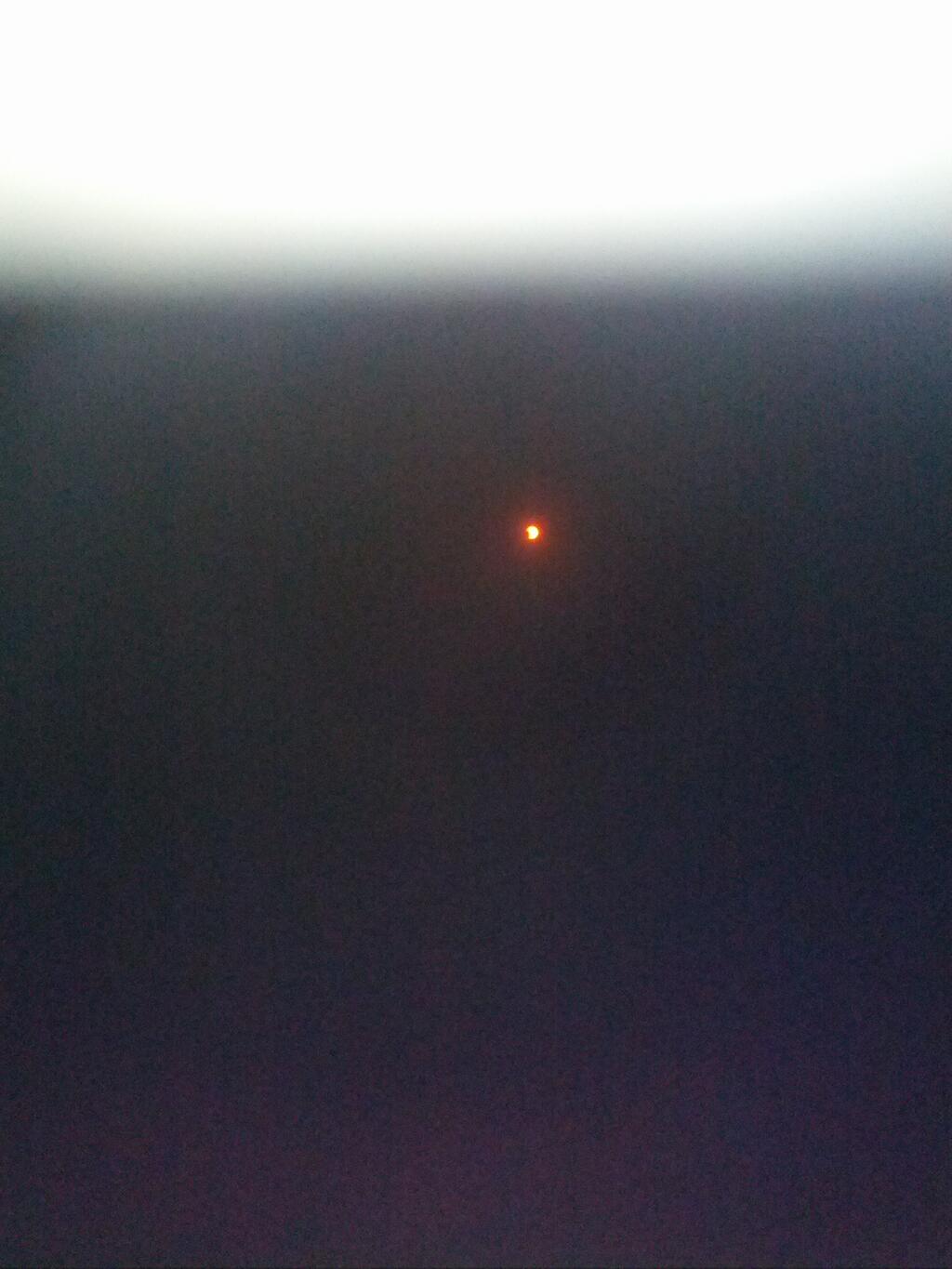Quite a while ago I said I was going to put up the writing I was doing for the “Equal Writes” group at the Belgrave Library. Er, well I forgot. 🙂 So here’s the one after the last one I blogged, and I’ve now got a backlog to get through. 🙂
The word for this one was just “snake”, so I tried a short poem with some prose as a follow up about snakes.
Snakes are an odd creature
Lacking ears they cannot hear as we do
But bodies sensitive to movement detect our steps
Perfunctory, unworried, receding
Oblivious to its presence hidden in the grassSnakes are reptiles that have been around in for one form or another for around 100 million years. Their evolution is unclear with two main theories, one being that they evolved from digging reptiles that benefited from gaining the scales over the eyes and from losing their ears – the other that they arose from a group of aquatic reptiles called mosasaurs which evolved into creatures resembling modern day sea snakes. Whilst it used to be that the mososaur theory was better supported by discoveries new DNA evidence does not show a close relationship of snakes to monitor lizards (known to be descended from mosasaurs) and the discovery of a fully land-living fossil (Najash, a name derived from the Hebrew name for the serpent in Genesis) complete with rear limbs seems to have turned the tables for now.
They are a very successful creature with species occuring on all continents, except Antartica, and range in size from the tiny threadsnakes which can be barely 10cm long to the massive constrictors such as the reticulated python and the anaconda. The largest snakes that ever lived are now extinct though, with Titanoboa currently holding the crown at around 12m-15m long (and also likely the heaviest so far).
Whilst all snakes are obligated carnivores (they can only derive some nutrients they need from meat) most species are not venomous, relying on either ambushing their prey and killing with constriction or simply eat it whole (which can be relatively easy if your prey are eggs, not known for their running skills). Of ourse being able to tear your prey up has its downsides, you must swallow it whole so they have evolved very complex jaw arrangements to allow them to consume prey larger than the diameter of their head. They don’t dislocate their jaws though, that is very much a myth.
As snakes occur pretty much anywhere humans normally live they have woven their way into our cultures. Egyptians used the image of an Egyptian cobra as the Uraeus, a symbol of royal power and of the goddess Wadjet, most recognisable on the gold mask of Tutankhamun. Serpents make many appearances in the Bible and that follows through into Christian mythology with St Patrick winning renown for casting the snakes out of Ireland (whereas snakes had never colonised it in the first place) as well as the “snake stones” of Whitby Abbey. According to legend St Hilda wanted to build an abbey at Whitby but was frustrated by the sheer number of snakes occupying the area. She prayed and they were all turned to stone, allowing her to build the abbey. After that time people kept finding stones shaped like coiled snakes, but without heads, which was apparently the result of a beheading curse from St Cuthbert. A roaring trade in these relics sprang up with some enterprising craftsmen thoughtfully providing the heads they had lost by carving them into the stone. Ironically what was being found there were not the unlucky snakes but the remains of much older animals, ammonites, the fossil remains of extinct molluscs which gave rise to the present day nautilus. There is now one species of ammonite named after St Hilda, “Hildoceras”.
When Whitby’s nuns exalting told,
Of thousand snakes, each one
Was changed into a coil of stone,
When Holy Hilda pray’d:
Themselves, without their holy ground,
Their stony folds had often found.– Sir Walter Scott – “Marmion”



